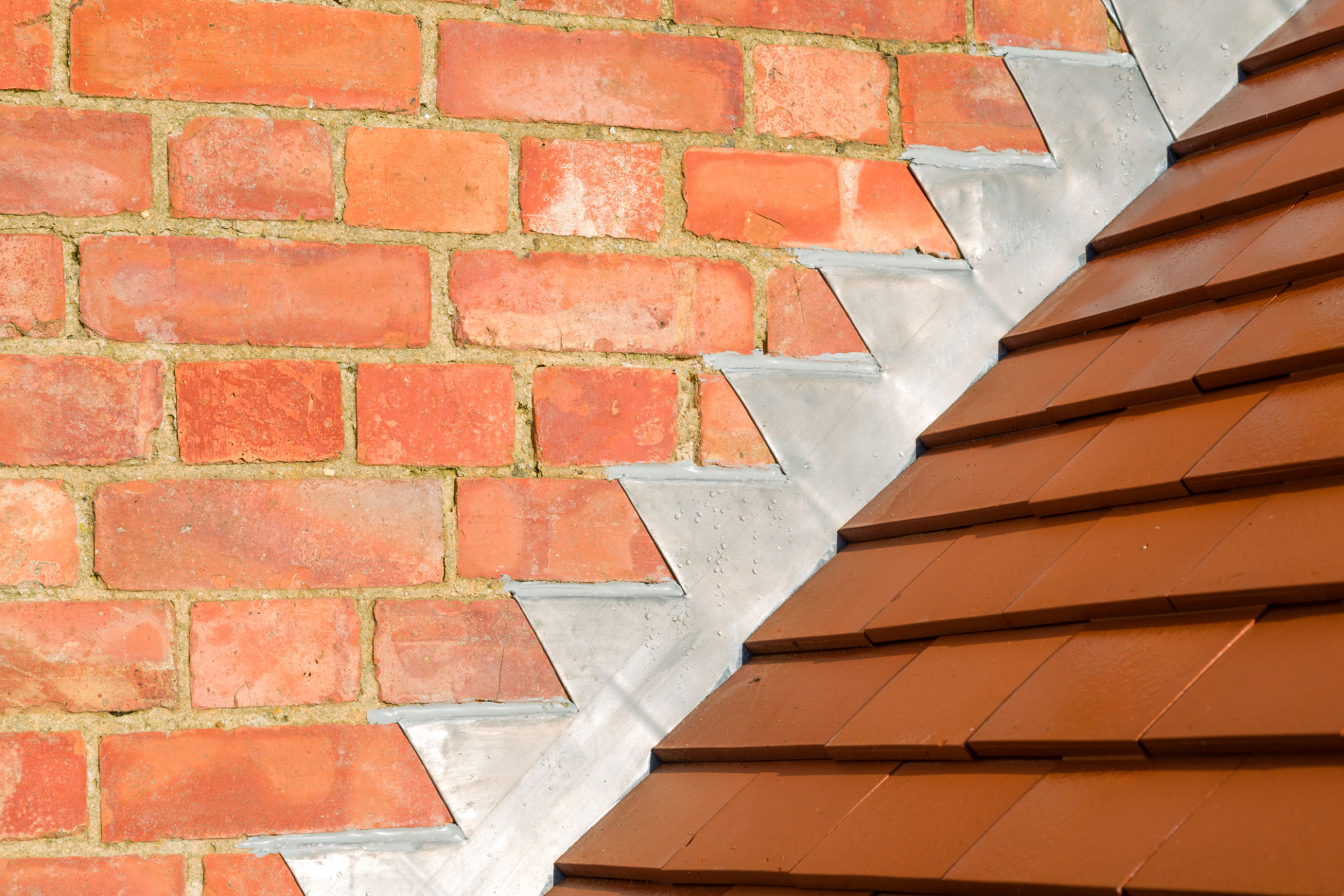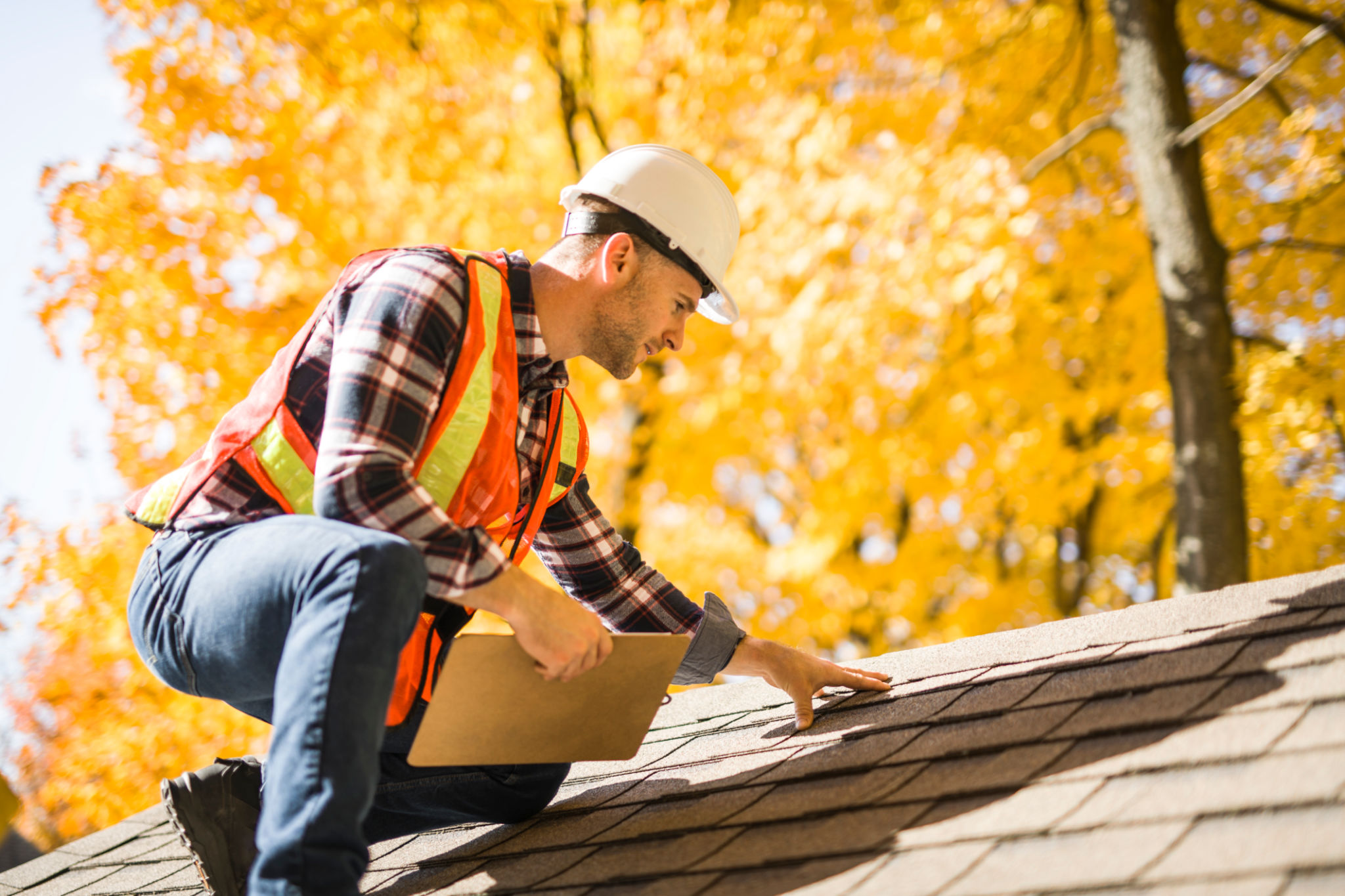DIY Roof Inspections: Spotting Common Issues Before They Become Major Problems
Why DIY Roof Inspections Matter
Maintaining your roof is crucial to ensuring the longevity and safety of your home. While professional inspections are recommended annually, conducting your own regular checks can help spot potential issues before they escalate into costly repairs. Performing a DIY roof inspection allows homeowners to identify common problems early, ensuring that minor issues do not become major headaches.
By taking the time to inspect your roof yourself, you can save money and prevent damage to other parts of your home. However, it's important to know what to look for and how to address any problems you might find.

What to Look for During an Inspection
Shingles
Begin your inspection by evaluating the condition of your shingles. Look for any that are cracked, curled, or missing entirely. Damaged shingles can lead to leaks and structural damage if not addressed promptly. Pay attention to asphalt granules in gutters or downspouts, as these can indicate shingle deterioration.
Flashing
Flashing is essential for directing water away from critical parts of your roof, such as chimneys, vents, and skylights. Check for any signs of rust, cracks, or separation from the roof surface. Damaged flashing can lead to water infiltration, which can cause serious damage over time.

Inspecting for Water Damage
Gutters and Downspouts
Ensure gutters and downspouts are clear of debris and functioning properly. Clogged gutters can cause water to back up and damage the roof's edge or foundation. Regular cleaning and inspection can help maintain their efficiency and prevent overflow during heavy rains.
Attic and Interior Ceilings
Don't forget to check inside your home for signs of water damage. Inspect the attic for any signs of moisture or mold. Additionally, look at the interior ceilings for stains or discoloration, which could indicate a leaky roof.

Addressing Issues Promptly
If you spot any issues during your DIY inspection, it's important to address them promptly. Small repairs can often be handled by the homeowner, but larger problems may require professional intervention. Knowing when to call in a roofing expert can save you from more extensive damage and higher costs in the future.
Keep in mind that safety should always be a priority when inspecting your roof. Use a sturdy ladder, work with a partner if possible, and avoid walking on the roof unless absolutely necessary.

Establishing a Regular Inspection Routine
To ensure that your roof remains in good condition, establish a regular inspection routine. Aim to check your roof at least twice a year, ideally in the spring and fall, as well as after major storms. This proactive approach will help you catch potential problems early and extend the life of your roof.
By incorporating these simple steps into your home maintenance routine, you can protect your investment and maintain peace of mind knowing that your roof is in optimal condition.
